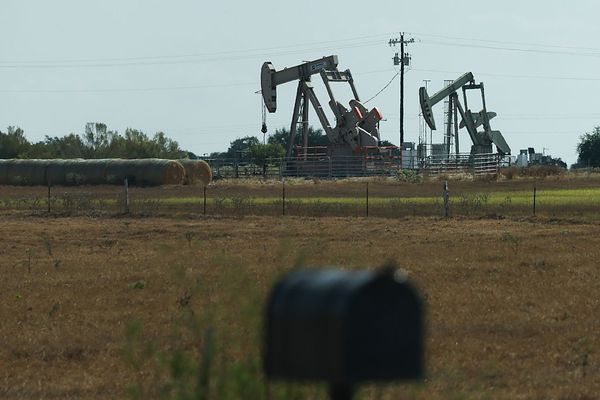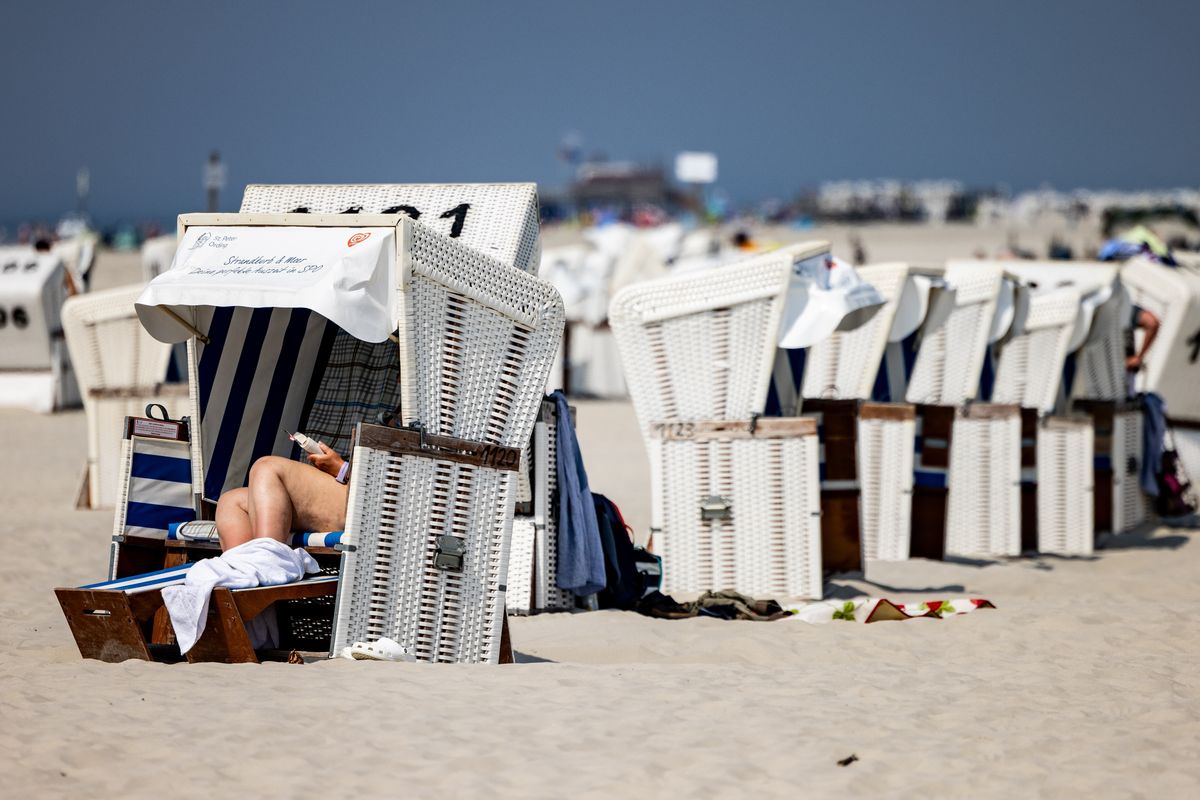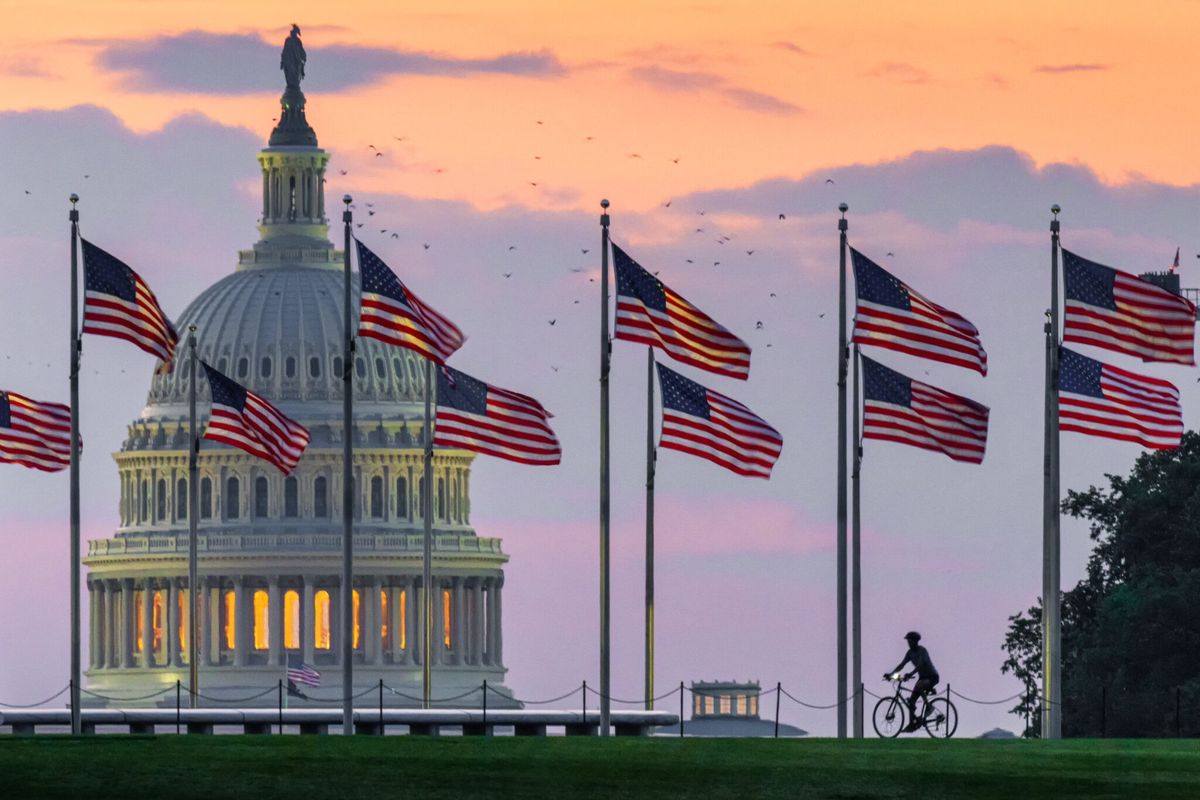OPINION — U.S. law enforcement and intelligence officials have treated WikiLeaks as a hostile, foreign intelligence service and Julian Assange, its director, as a potential target for criminal prosecution, since the Obama administration.
Last week’s inadvertent disclosure of a sealed federal indictment against Assange in Federal District Court in Eastern Virginia, has set off speculation that charges may include the publication of classified information – an allegation that has prompted debate about press freedom and First Amendment rights. But journalists should remain calm, since there are likely several charges that form the basis of the indictment that do not threaten the independence of journalists.
One potential charge could stem from the WikiLeaks’ March 2017 release of the CIA’s so-called Vault 7 documents, which were thousands of pages cataloging computer tools for spying. There is a whole tale that Assange or his associates were behind-the-scenes, attempting to use the prior possession of these documents for personal gain.
Another, more relevant, potential charge vis-à-vis journalists, could be that Assange, through WikiLeaks, solicited and/or encouraged government employees with access to classified information to obtain and then share that information with WikiLeaks, thereby disseminating it to unauthorized recipients (journalists) with the intent of damaging U.S. interests.
Marcy Wheeler, on her website Emptywheel, explored this and other potential charges against Assange in a posting last Friday.
It was this potential criminal action that back in 2010, led to then-Attorney General Eric Holder initiating an investigation into Assange and WikiLeaks after the site posted thousands of classified reports received from convicted Army intelligence analyst Bradley Manning, now known as Chelsea Manning.
Manning was charged, convicted, and jailed, but in January 2017, departing President Obama commuted her 35-year prison sentence to time served. Prompting outrage in some circles.
Although the Obama administration federal grand jury investigation of Assange went on for years, no public indictment of Assange was ever announced. Instead, the former Justice Department spokesman Matthew Miller told The Washington Post in November 2013, that “there is no way to prosecute him [Assange] for publishing information without the same theory being applied to journalists.”
In an April 13, 2017, speech, then-CIA Director Mike Pompeo publicly disclosed that the Trump administration saw WikiLeaks, and thus Assange, as a threat, despite President Trump’s repeated praise of the WikiLeaks’ release of emails between Hillary Clinton and John Podesta, written during the campaign.
“WikiLeaks walks like a hostile intelligence service and talks like a hostile intelligence service,” Pompeo told an audience at the Center for Strategic and International Studies (CSIS). “It has encouraged its followers to find jobs at CIA in order to obtain intelligence. It directed Chelsea Manning in her theft of specific secret information.,” he said, identifying activities that would potentially be illegal.
Adding what could be considered an indication of intent to harm the U.S., Pompeo added that Wikileaks, “overwhelmingly focuses on the United States, while seeking support from anti-democratic countries and organizations.”
Using language that reflected his position as then-CIA director, and words that President Trump has never uttered, Pompeo also said, “It is time to call out WikiLeaks for what it really is – a non-state, hostile intelligence service often abetted by state actors like Russia.”
Pompeo also noted in that CSIS speech that in January 2017, “Our Intelligence Community determined that Russian military intelligence (GRU) had used WikiLeaks to release the data of U.S. victims that the GRU had obtained through cyber operations against the Democratic National Committee. And the report also found that Russia’s primary propaganda outlet, RT, has actively collaborated with WikiLeaks.”
Here is where the Robert Mueller investigation comes in. The July 13, 2018, Mueller team indictment of Russian GRU intelligence officials repeatedly referred to “Organization 1,” which some analysts have identified as WikiLeaks. According to the indictment, the electronic exchanges between the GRU persona, “Guccifer 2.0,” and “Organization 1,” preceded the WikiLeaks public distribution of the Clinton emails in July 2016.
Likely of even more interest to Mueller – and the public — are the exchanges leading up to October 7, 2016, during which time Trump associate Roger Stone tweeted about WikiLeaks having material that will doom the Hillary Clinton campaign. One exchange, released by NBC and dated October 5, 2016, from one of Stone’s former colleagues, New York radio host Randy Credico, wrote to Stone, “Why can’t you get Trump to come out and say that he would give Julian Assange asylum?”
Two days later, came the initial release by Organization 1 of the first of the GRU-hacked emails of John Podesta. The timing was important, since they appeared just hours after The Washington Post October 7, 2016, story about Trump’s lewd conversation on a tape acquired and broadcast by Access Hollywood.
The initial Podesta emails, and Trump’s continued promotion of those that followed from WikiLeaks almost daily until election day, effectively countered the Access Hollywood tape’s impact as the campaign went on.
Mueller’s investigators have clearly focused on determining what discussions, if any, took place that first week of October 2016, not only between the Russians and WikiLeaks, but also with individuals in, or associated with, the Trump campaign.
None of these activities, however, relate to journalists publishing the emails, nor do they threaten a journalists’ right to do so. They do, however, open the possibility of journalists being called as witnesses, opening up another sticky issue, which protecting confidential sources.
Regardless, journalists should hold back judgement on the reasons behind any potential charges, until they actually have the facts.















